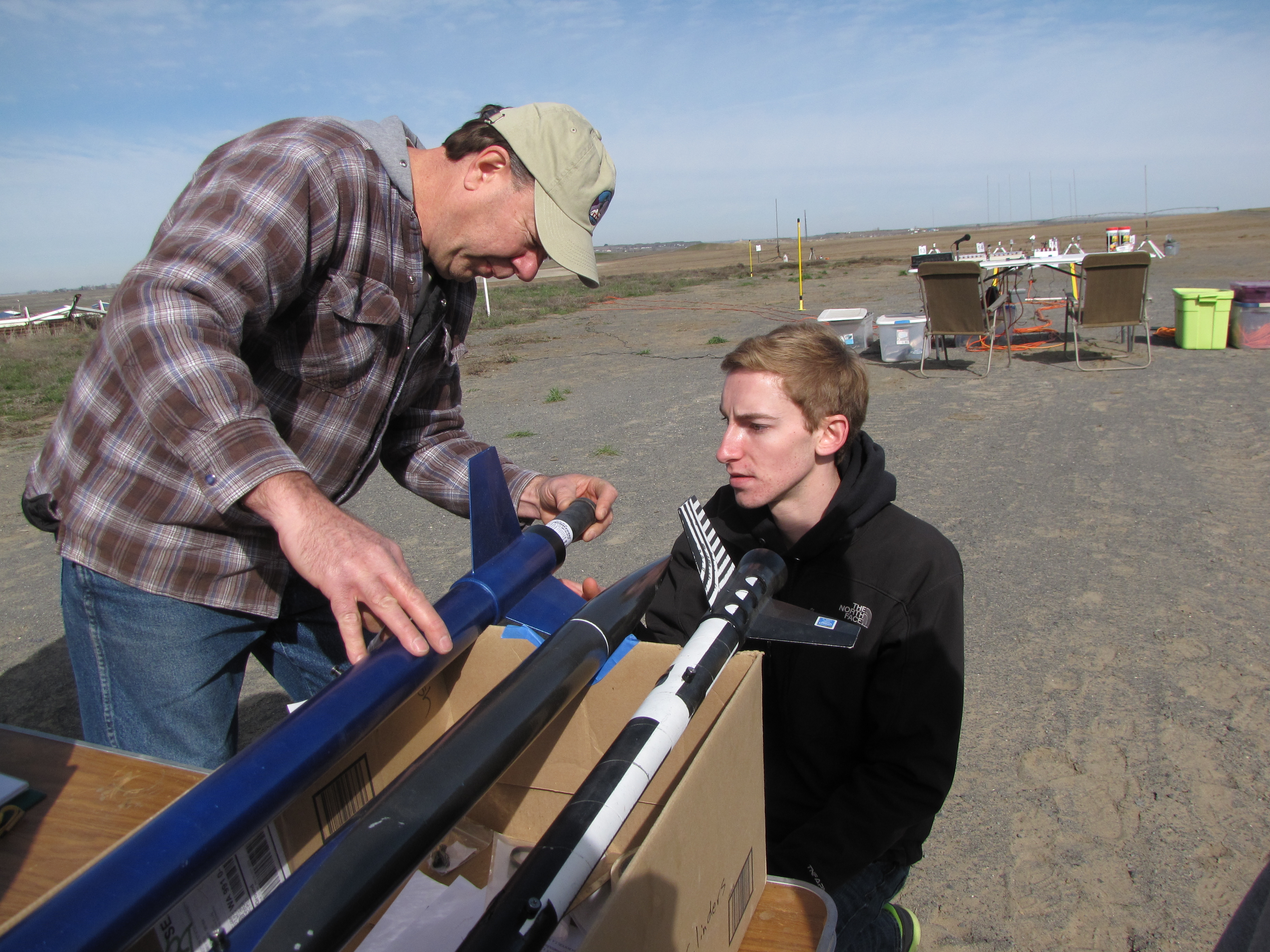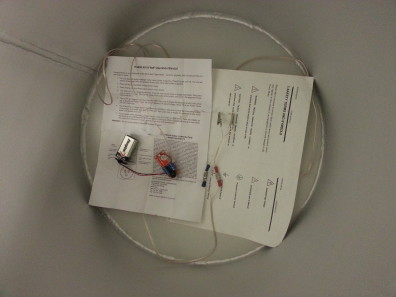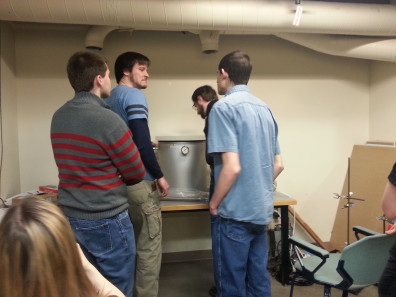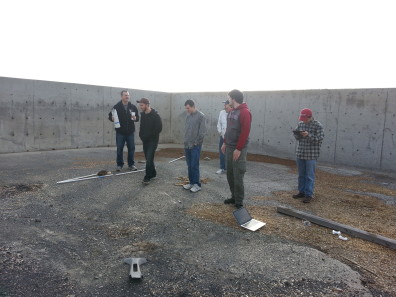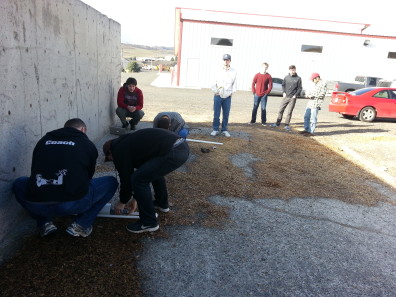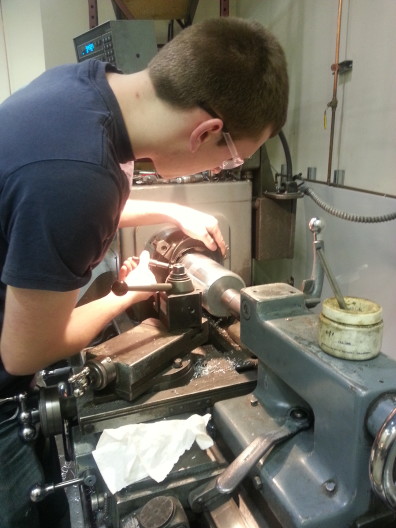Sorry for the late post but there’s been a lot going on.
First off, we have two more members to the Payload Team, bringing us to a total of 3 people. I decided that it would be best if we delegated the tasks to individuals instead of trying to all accomplish the same thing at the same time. But here’s the breakdown of responsibility
- Dallas – Getting the Payload Module and finding a way to add a Go-Pro inside to get some live action video of lift off and return
- Daniel – Researching a way to record both acceleration and vibration for the rocket
- Malique – Finding a way to get us a GPS unit that tracks as well as records altitude, a little altimeter action for the fans.
Another point of information is that the payload needs to weigh at least 10lbs so I thought if there was some way to add a ballast to the module, that could provide some dampening, that may translate out into better translational movement and cut any extra vibrations out of the rocket. Right now that is all just speculation and idea, it needs to be talked over with some of the other group leads before it actually gets done though.
I’m planning that at the end of the week we will have the payload module purchased and shipping, along with some progress on the research and electronics to get some good momentum going for the group. But I’ll let you know how it’s going in a week.
—-Dallas Chang, Payload Lead
“I think, at a child’s birth, if a mother could ask a fairy godmother to endow it with the most useful gift, that gift should be curiosity.”
– Eleanor Roosevelt

